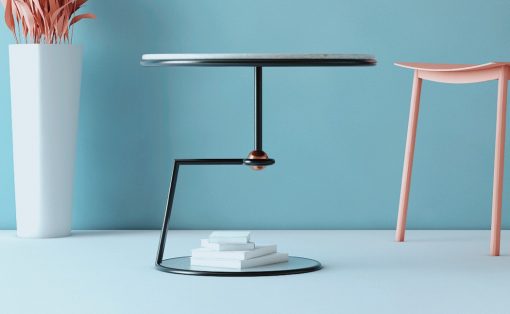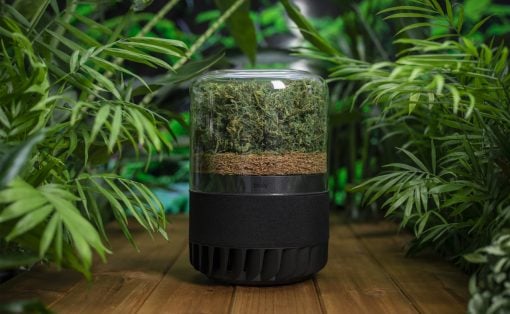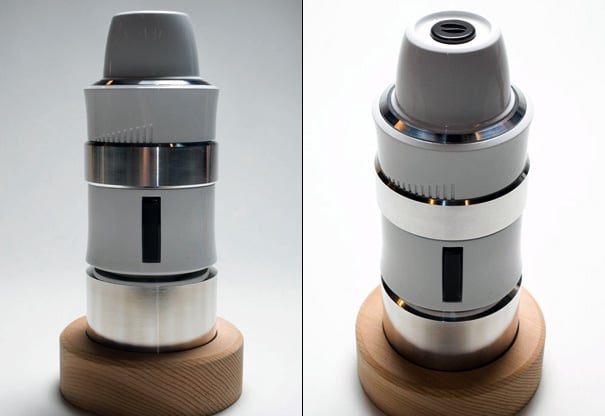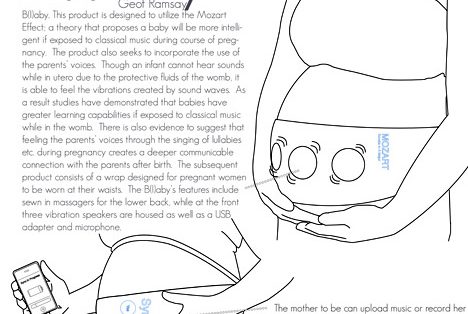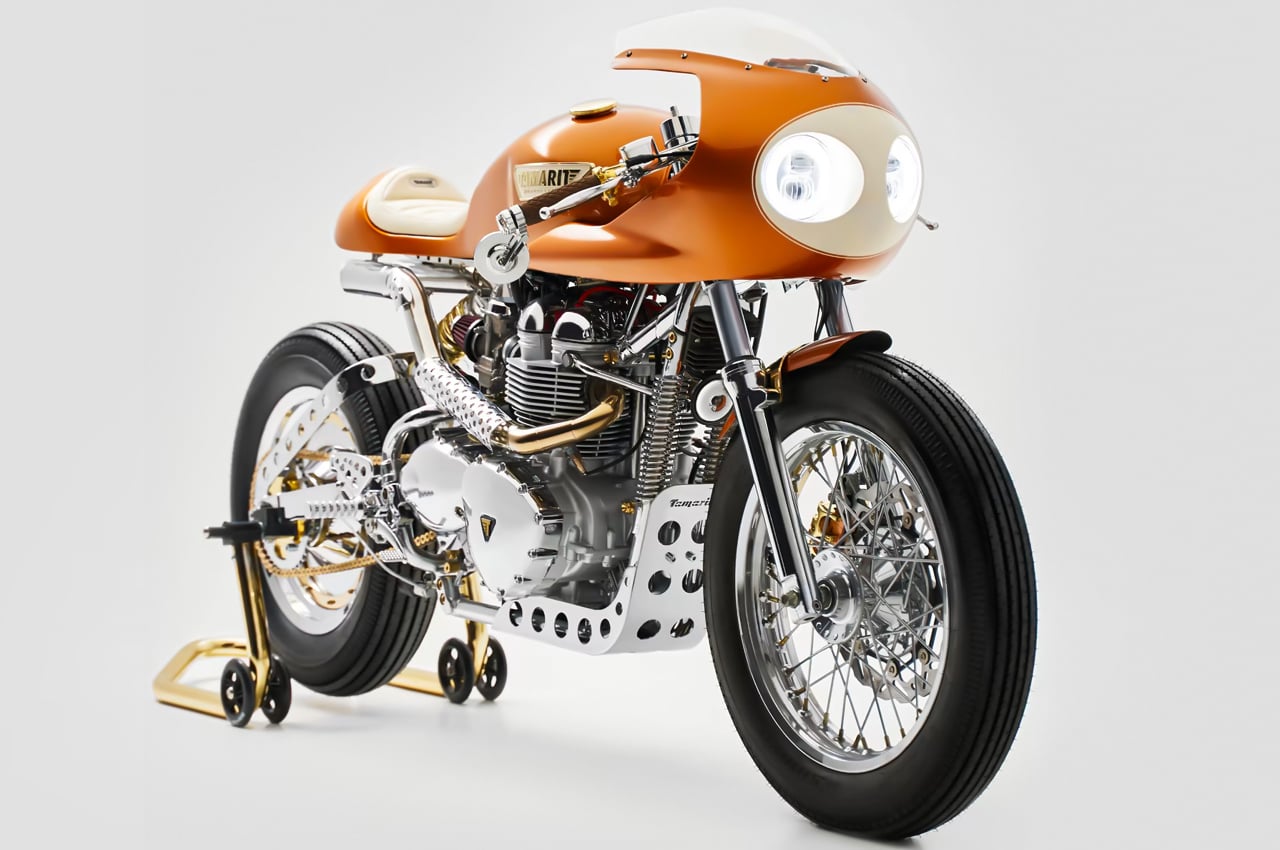
The field of Industrial Design (ID) revolves around crafting products and services that are intuitive for users worldwide. Industrial designers prioritize aesthetics, functionality, and ease of manufacture, striving to enrich daily interactions. Whether for personal or commercial use, every item undergoes this transformative process, aimed at enhancing lives through thoughtful design.
Designer: Tamarit Motorcycles
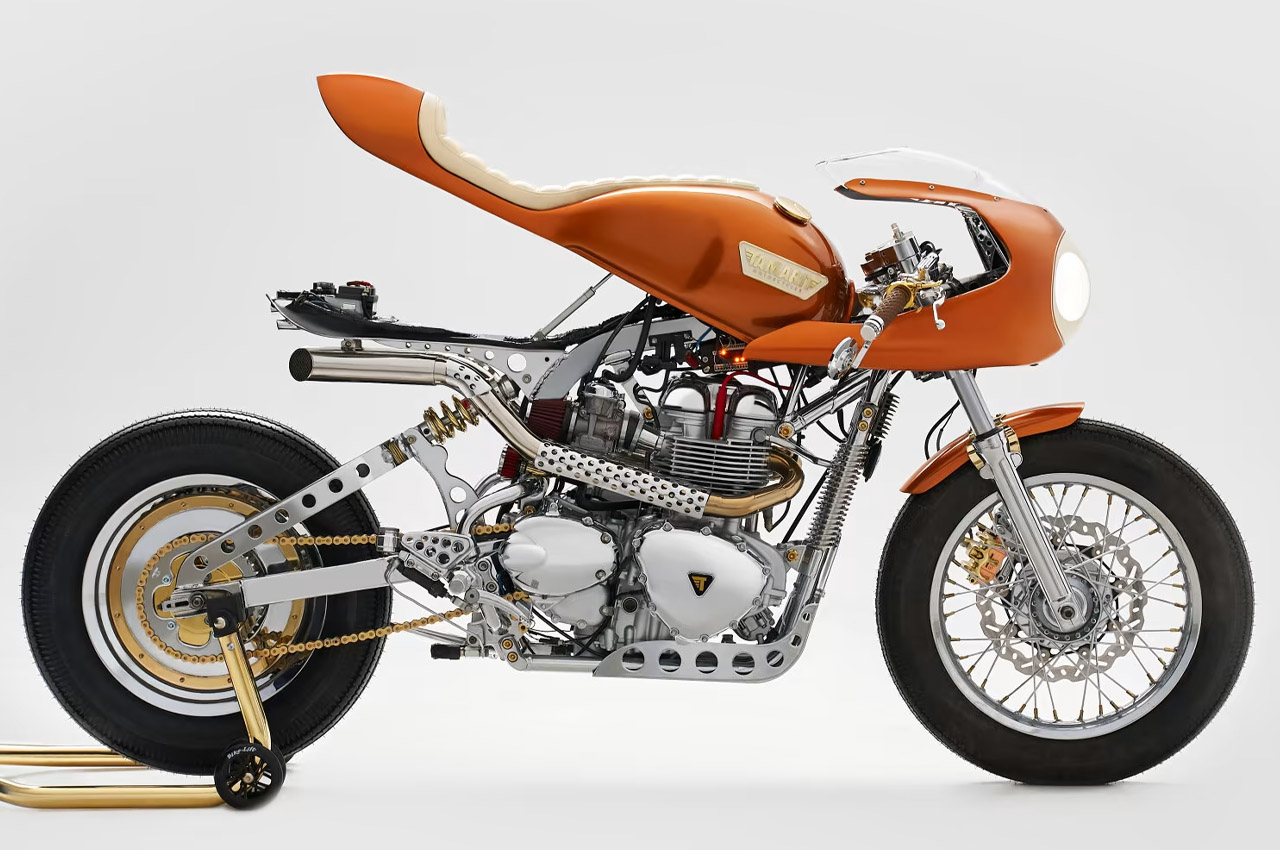
Lets delve into the history of Industrial Design:
What historical factors and practices contributed to the evolution of industrial design as a distinct field?
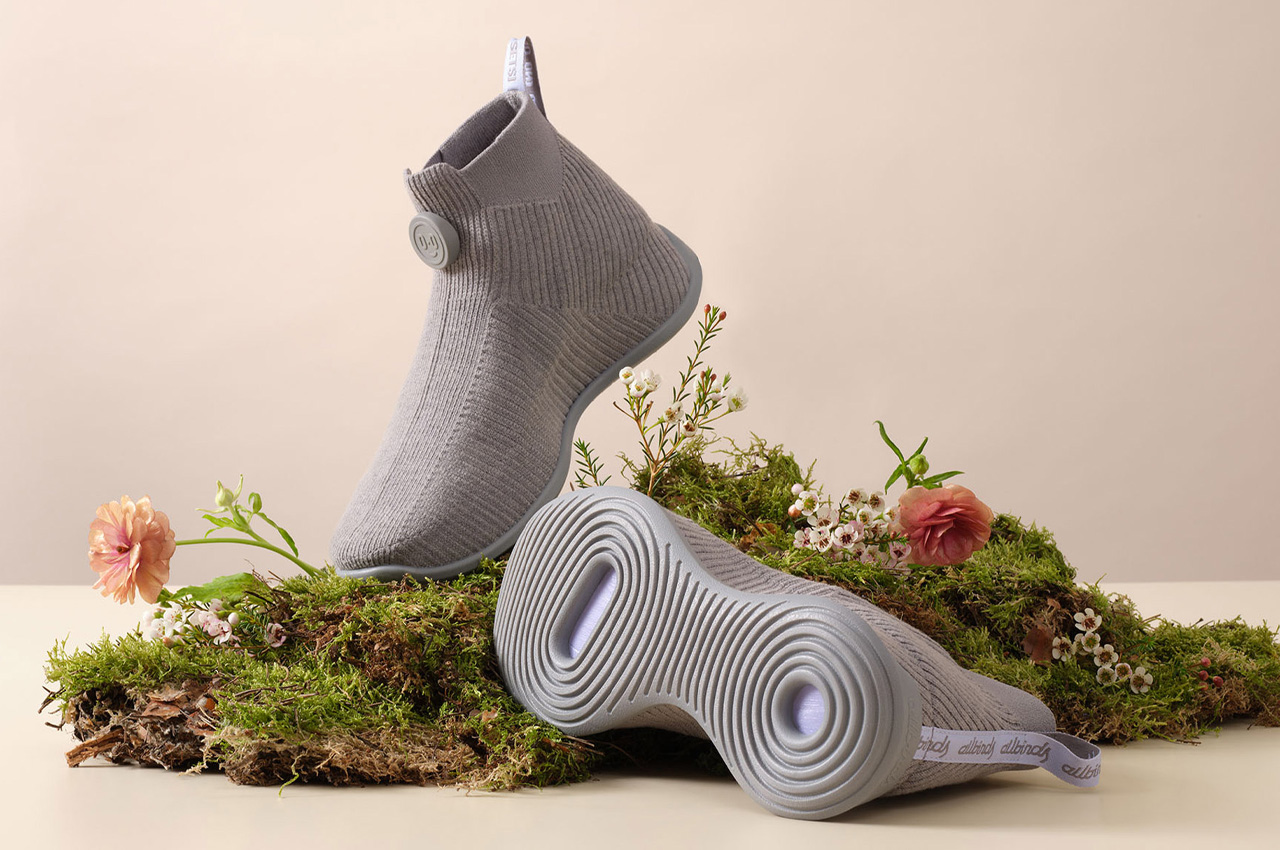
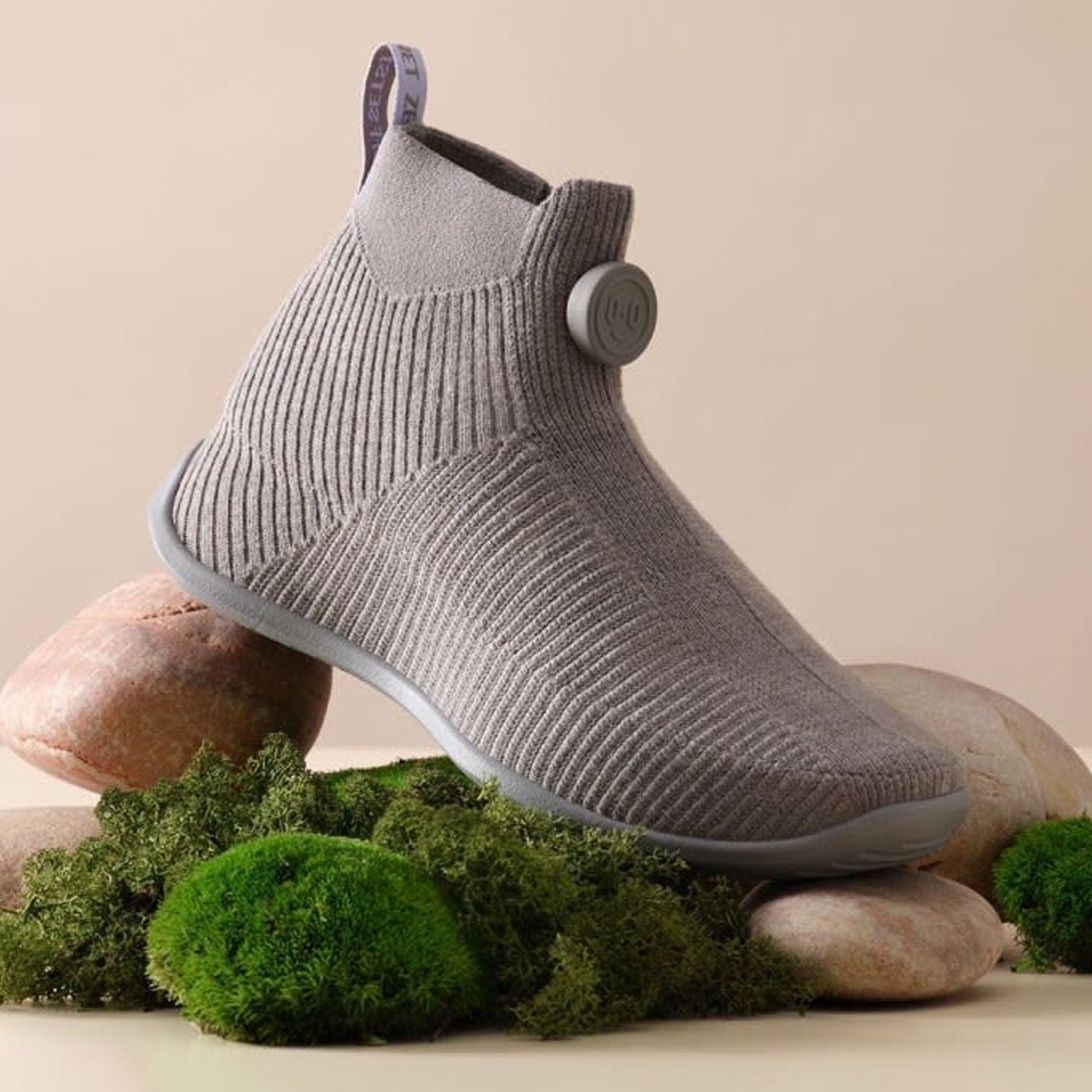
Designer: Allbirds
• Before industrialization, product design was primarily determined by individual craftsmen’s skills, client requirements, and experience.
• The division of labor was evident in pre-industrial times, with specialized workshops producing standardized goods.
• In the 16th century, pattern books emerged, providing decorative designs for a variety of products, and fostering competition.
• Drawing became a method for specifying construction details during the Italian Renaissance.
• By the 17th century, centralized monarchies like France were backing large government-operated manufacturing facilities such as the Gobelins Manufactory. This patronage extended to court porcelain factories in the 18th century, but with the scale of production increasing, individual craftsmanship often suffered.
Who is the founding father of Industrial Design?
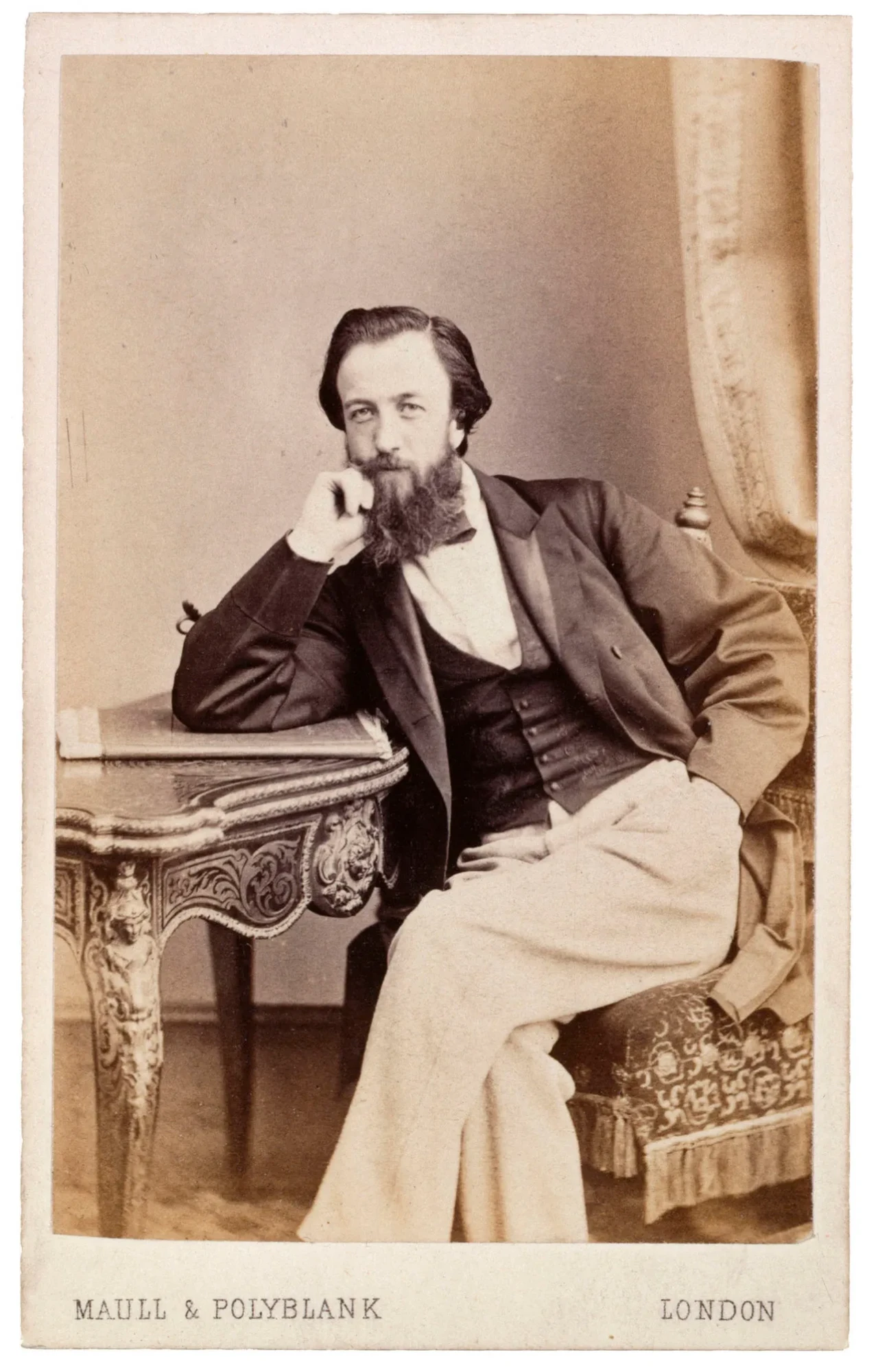
Image courtesy of: Linnean Society of London
Christopher Dresser (1834-1904) is considered the pioneer of industrial design. He was the first independent industrial designer, recognizing the potential of the Industrial Revolution before his German counterparts in the Modern Movement. Dresser’s groundbreaking journey to Japan, appointed by the British Government, reshaped his design approach and inspired the Anglo-Japanesque style in England. His diverse portfolio spanned furniture, textiles, ceramics, glassware, and metalwork, showcasing his versatility and forward-thinking mindset. Despite the conservative Victorian society, Dresser’s courage and vision propelled him to success, establishing him as a design icon with tastes beyond his time.
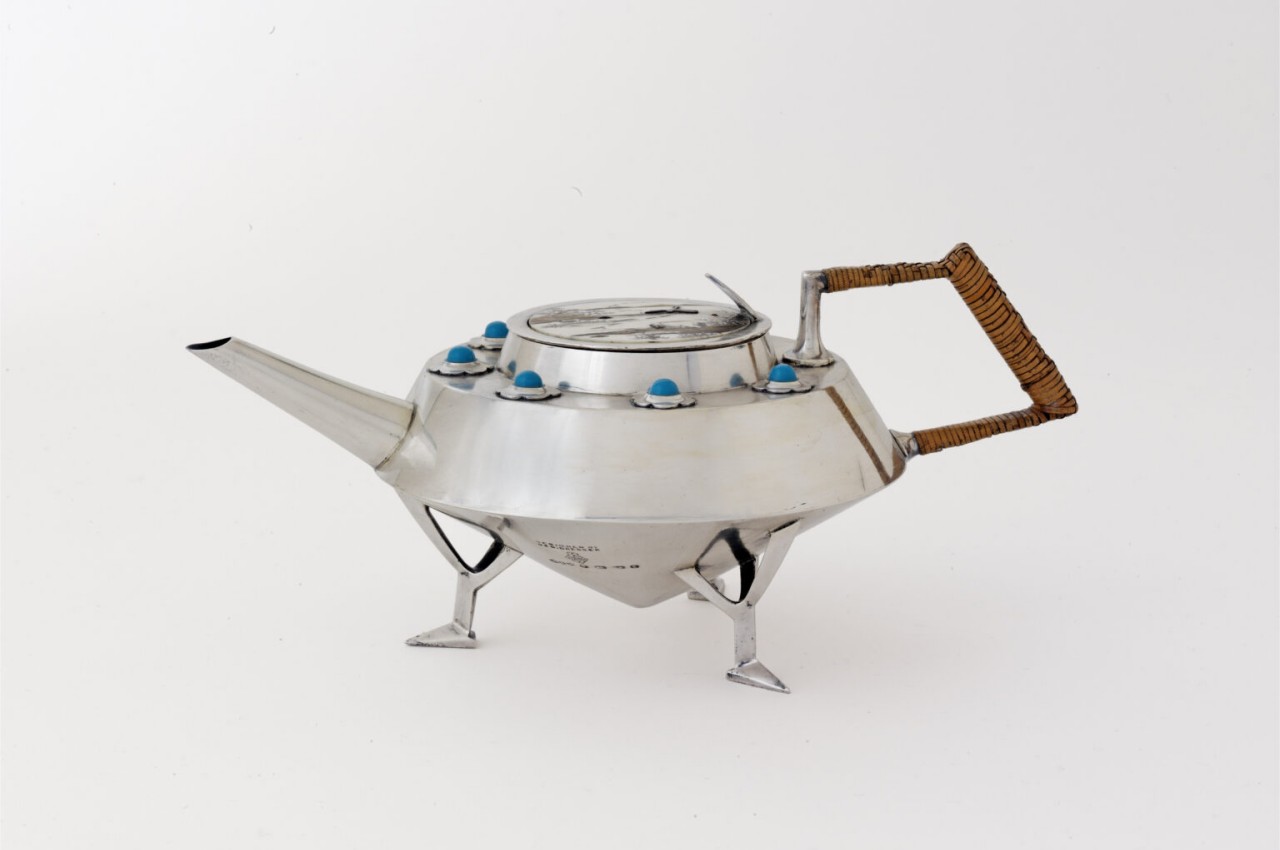
This silver teapot was created by Christopher Dresser and crafted by Hukin & Heath in Birmingham, with its design registered on May 6, 1878, and the production took place between 1878 and 1879.
Images courtesy of: Daniella on Design
The teapot, designed by Christopher Dresser and produced by James Dixon & Sons in Sheffield, South Yorkshire. Created around 1879, it features electroplated nickel silver and ebonized wood.
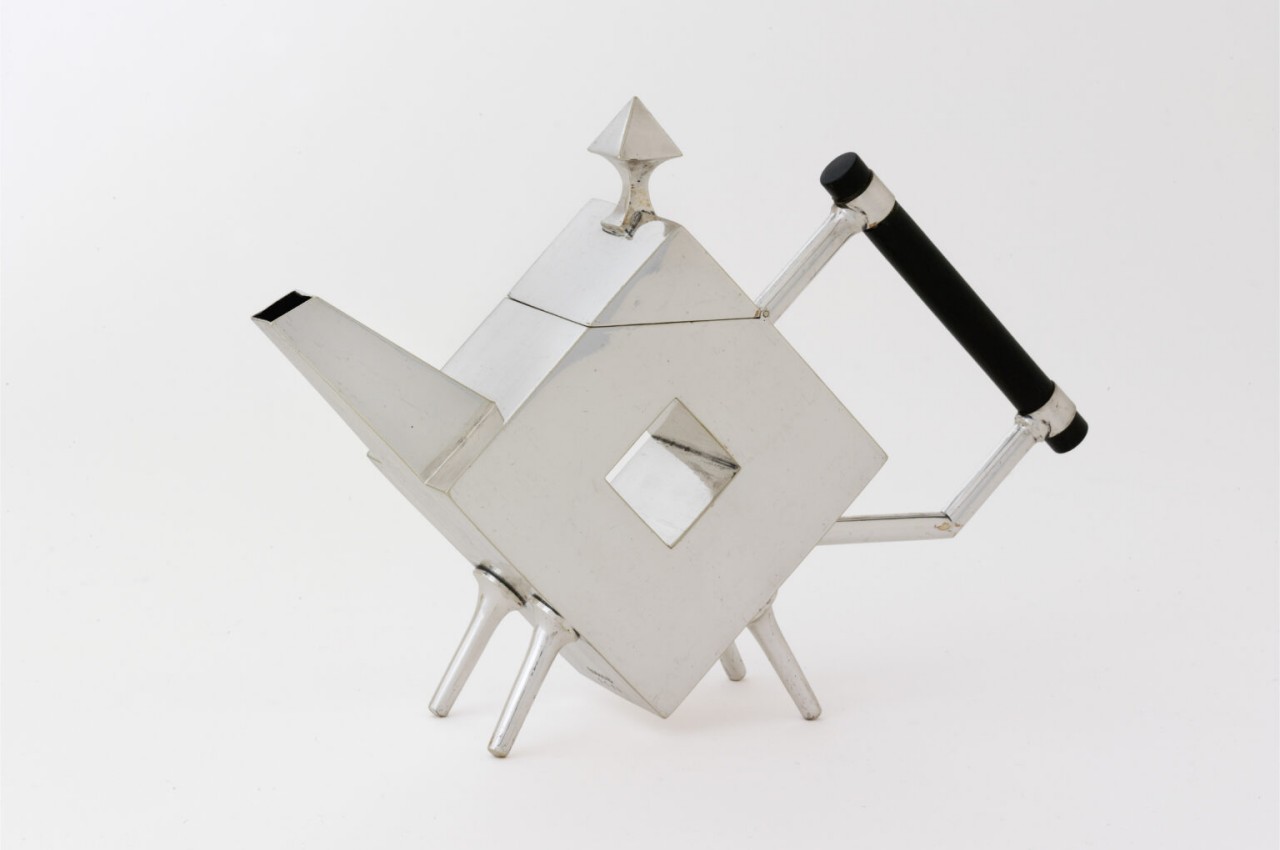
The glazed earthernware bowl, envisioned by Christopher Dresser and crafted by the Linthorpe Art Pottery in Middlesbrough, North Yorkshire was produced between 1879 to 1882.
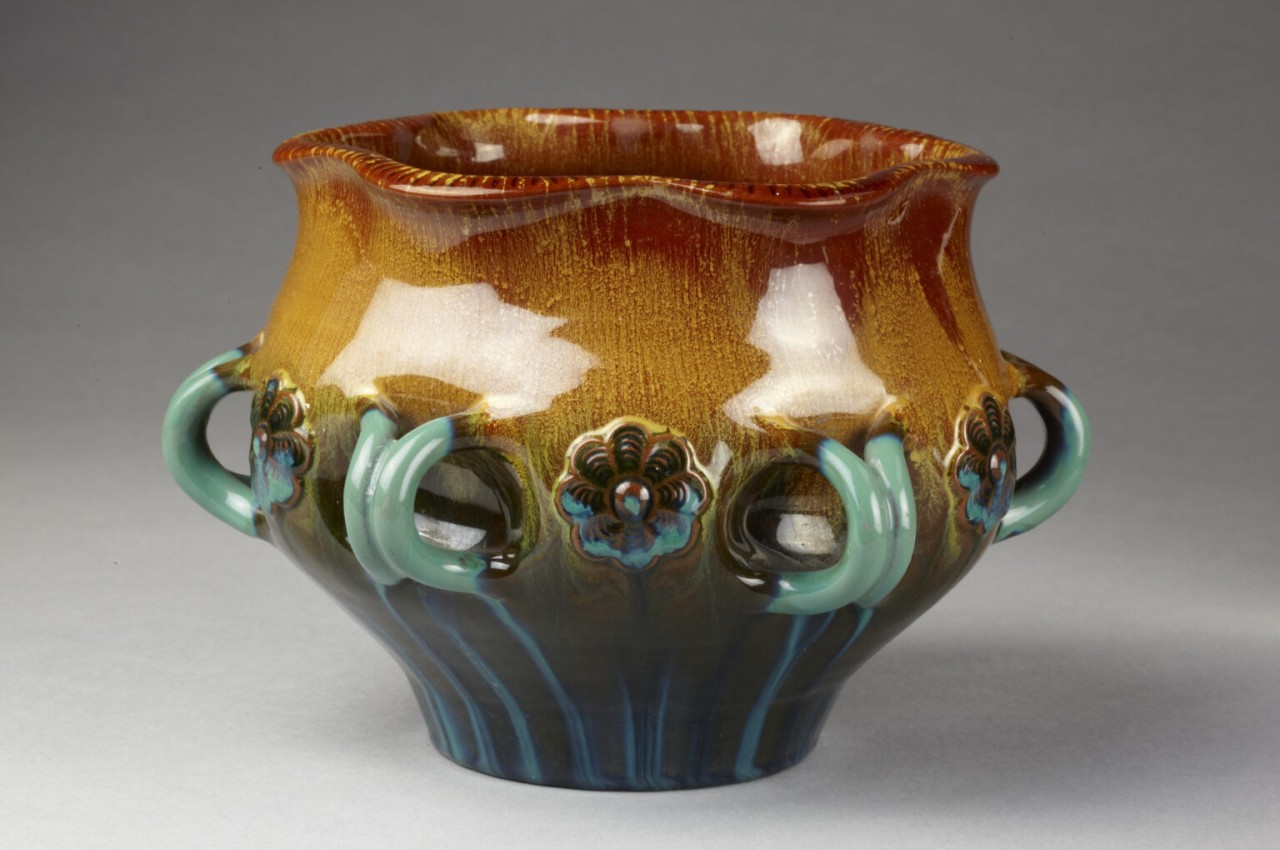
What is the history of Industrial Design?
Industrial design’s roots stretch to the early 1900s amid the industrial revolution’s onset. The 1920s witnessed flourishing design across sectors like automotive engineering and electrical appliances, with artists enlisted to elevate aesthetics. The term “industrial design” may have originated in The Art Union journal in 1839. Make a note that the Industrial Revolution, originating in late 18th century Britain, rapidly spread worldwide, transforming agrarian societies into industrialized economies marked by mechanization and urbanization
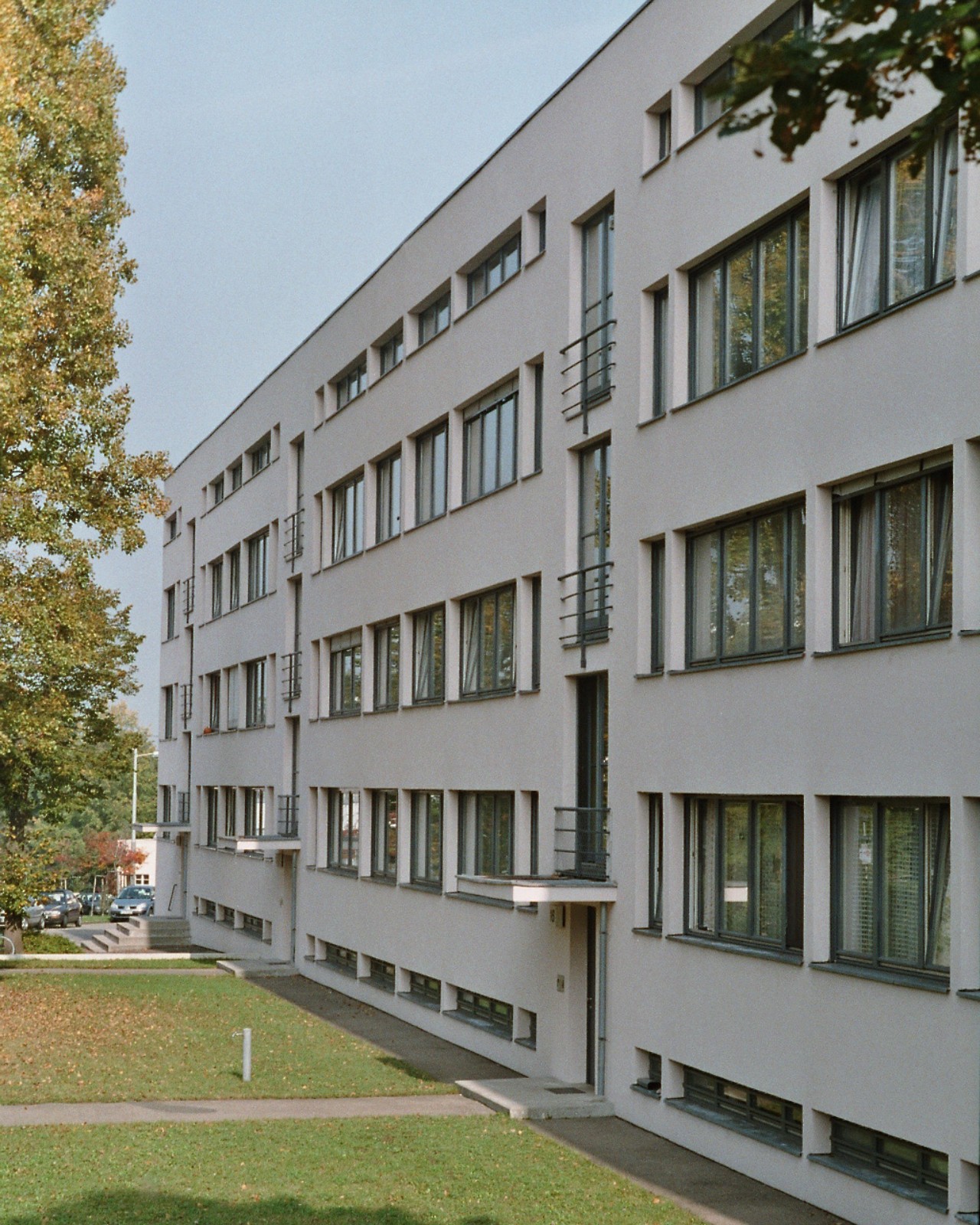
Designer: Ludwig Mies van der Rohe (Weissenhof Estate)
The Deutscher Werkbund, founded in Munich in 1907, united architects, artists, industrialists, and designers. It aimed to boost German companies’ global competitiveness by integrating mass-production techniques with traditional craftsmanship. Hermann Muthesius, a German architect, is credited with conceiving the idea.
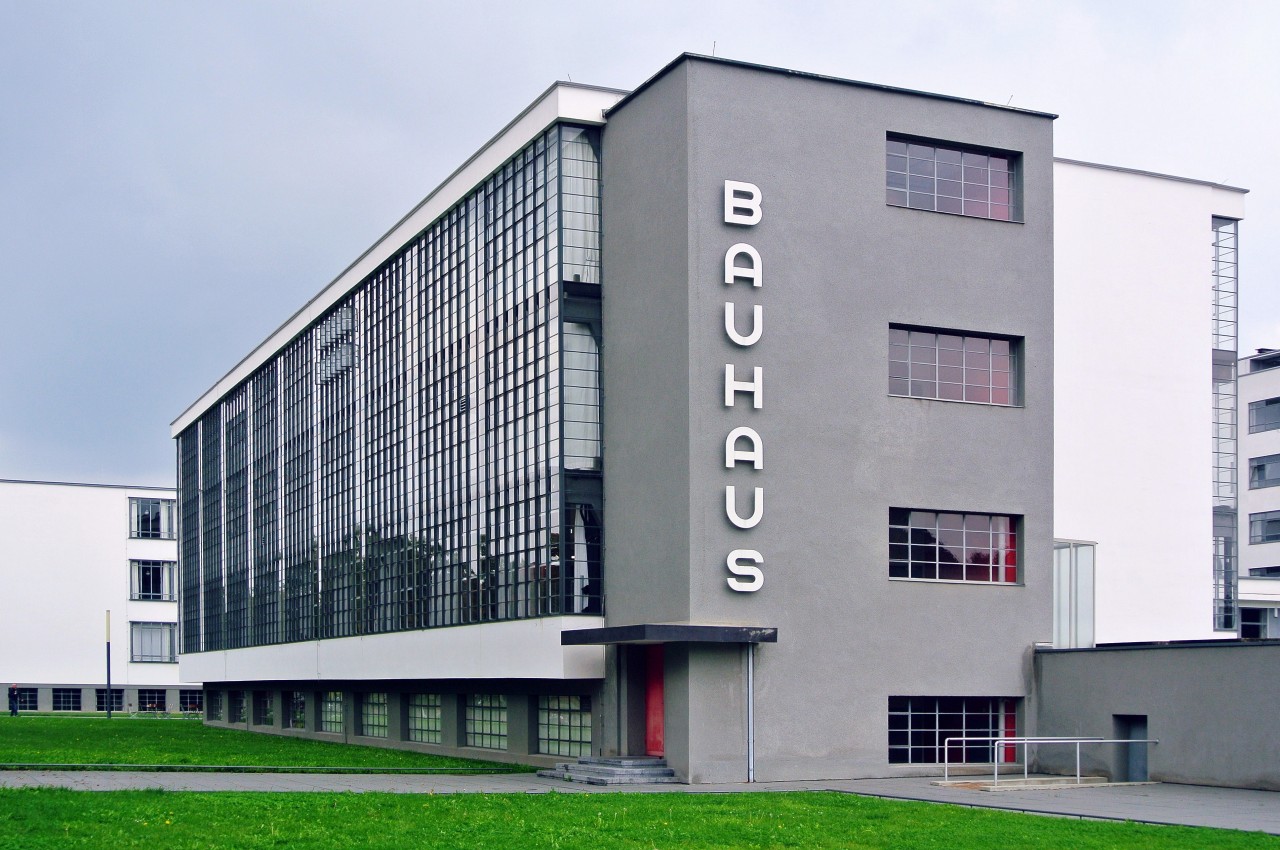
Designer: Walter Gropius (Bauhaus building, Dessau)
The Bauhaus, founded by Walter Gropius in 1919, was a pioneering school in Germany that fused fine arts and crafts education. It significantly influenced industrial design, typography, interior design, and architecture, emerging as a dominant force in modern design. Operating in Weimar (1919-1925), Dessau (1925-1932), and Berlin (1932-1933), it left an indelible mark on creative disciplines.
Amidst the Great Depression of 1929, industrial designers seized an unforeseen chance to demonstrate their abilities. This severe global economic downturn, spanning the late 1920s to the 1930s, brought widespread unemployment, poverty, and a drastic decline in industrial output, along with major disruptions in global trade. In this challenging era, Frederick W. Taylor, a mechanical engineer, played a pivotal role in bolstering industrial efficiency.
What are the current trends of Industrial Design?
The top industrial design trends include:
1. Sustainable Industrial Design
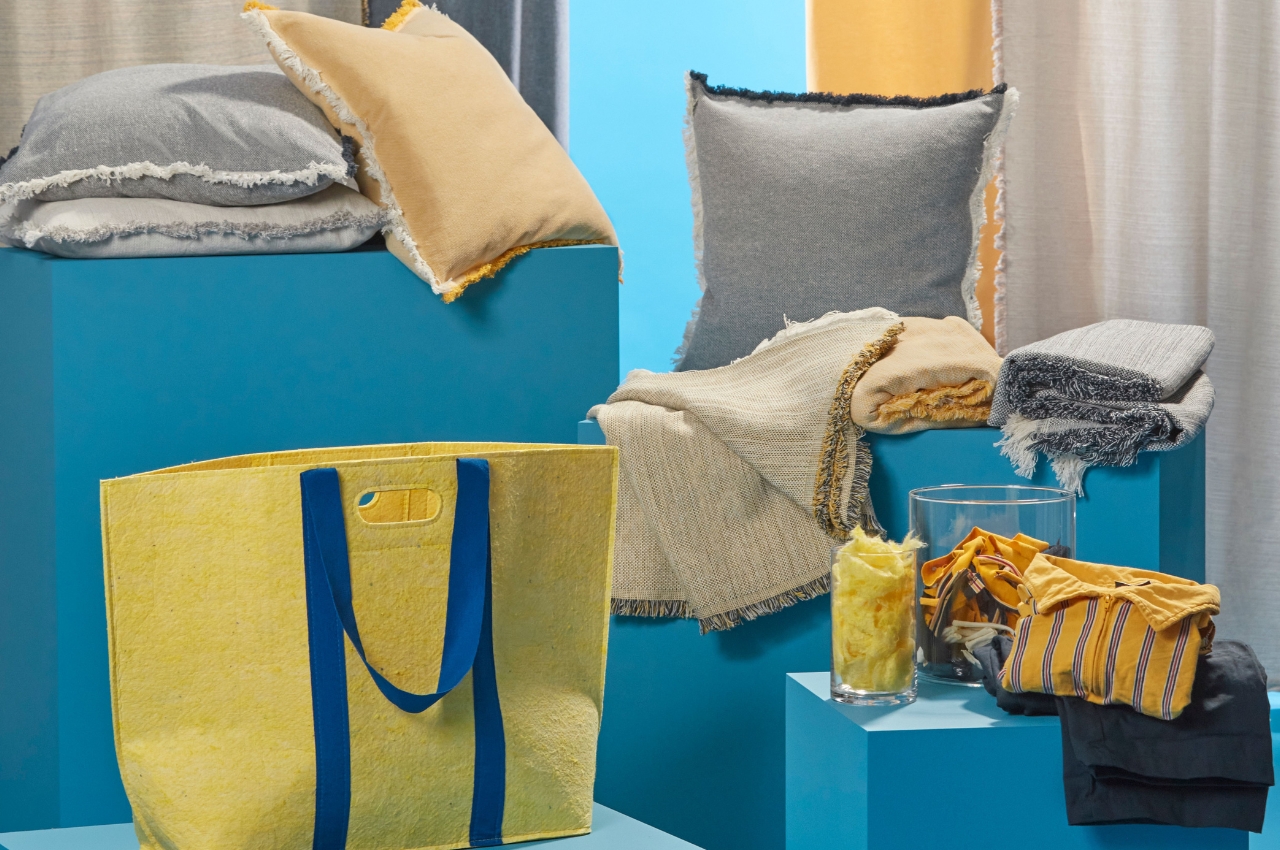
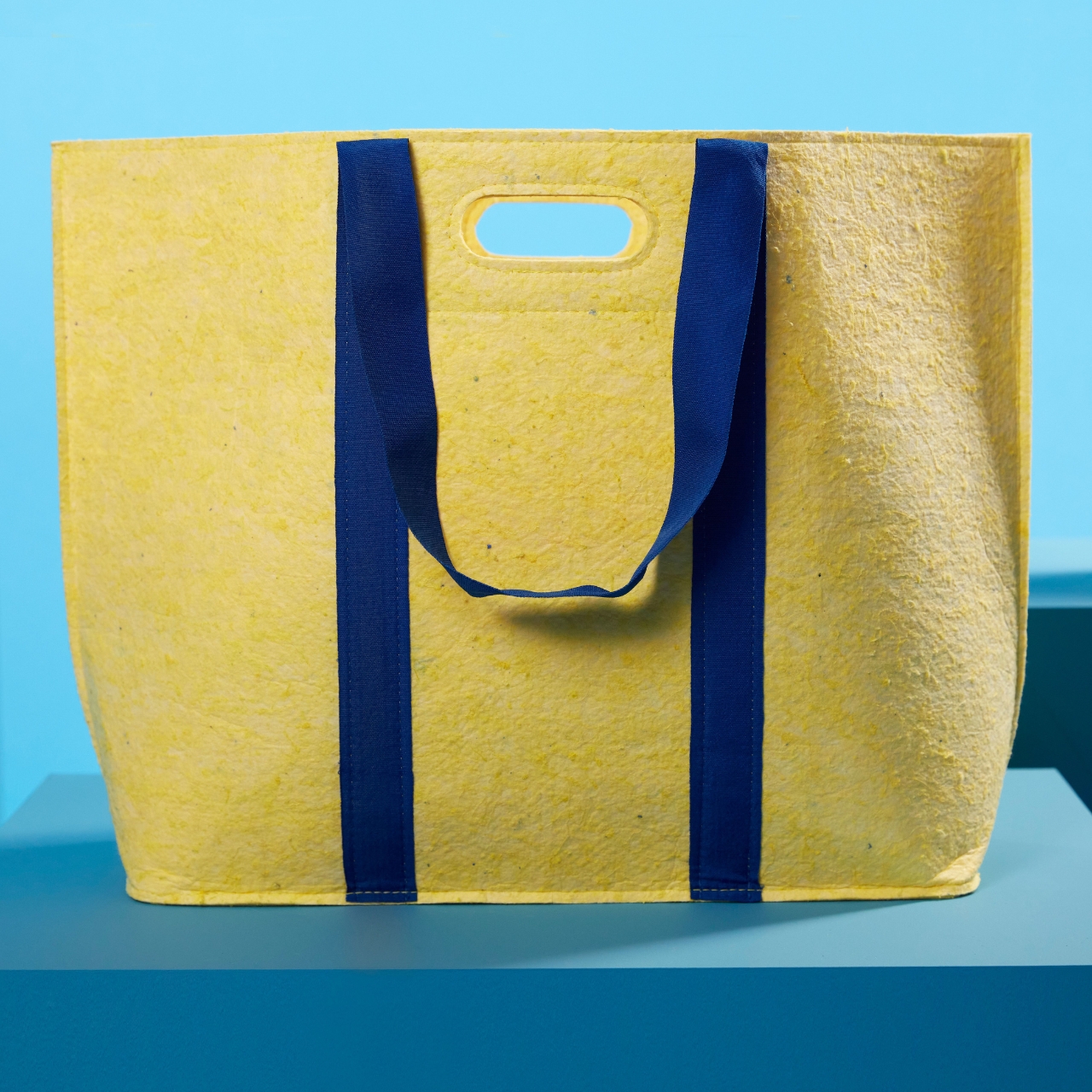
Designer: Ikea
Sustainable design encompasses developing products or services based on economic, ecological, and social sustainability principles. This E3 variable, emphasizing Equity, Economy, and Ecology, sets it apart from eco-design, which focuses solely on environmental sustainability. It involves responsibly using natural resources to meet present needs without compromising those of future generations. Sustainable design plays a crucial role in achieving design strategies that support a high quality of life, sustainable production, and environmental awareness.
2. Technology and Innovation
Advancing technologies like 3D printing, virtual and augmented reality, generative design, and the Internet of Things (IoT) are revolutionizing industrial design. 3D printing enables rapid prototyping and complex designs, while VR and AR enhance visualization and collaboration. Generative design leverages algorithms for innovative solutions, and IoT embeds smart functionality into products. These technologies not only streamline the design process but also foster creativity, efficiency, and sustainability, shaping the future of industrial design across diverse sectors.
3. Human-Centered Design
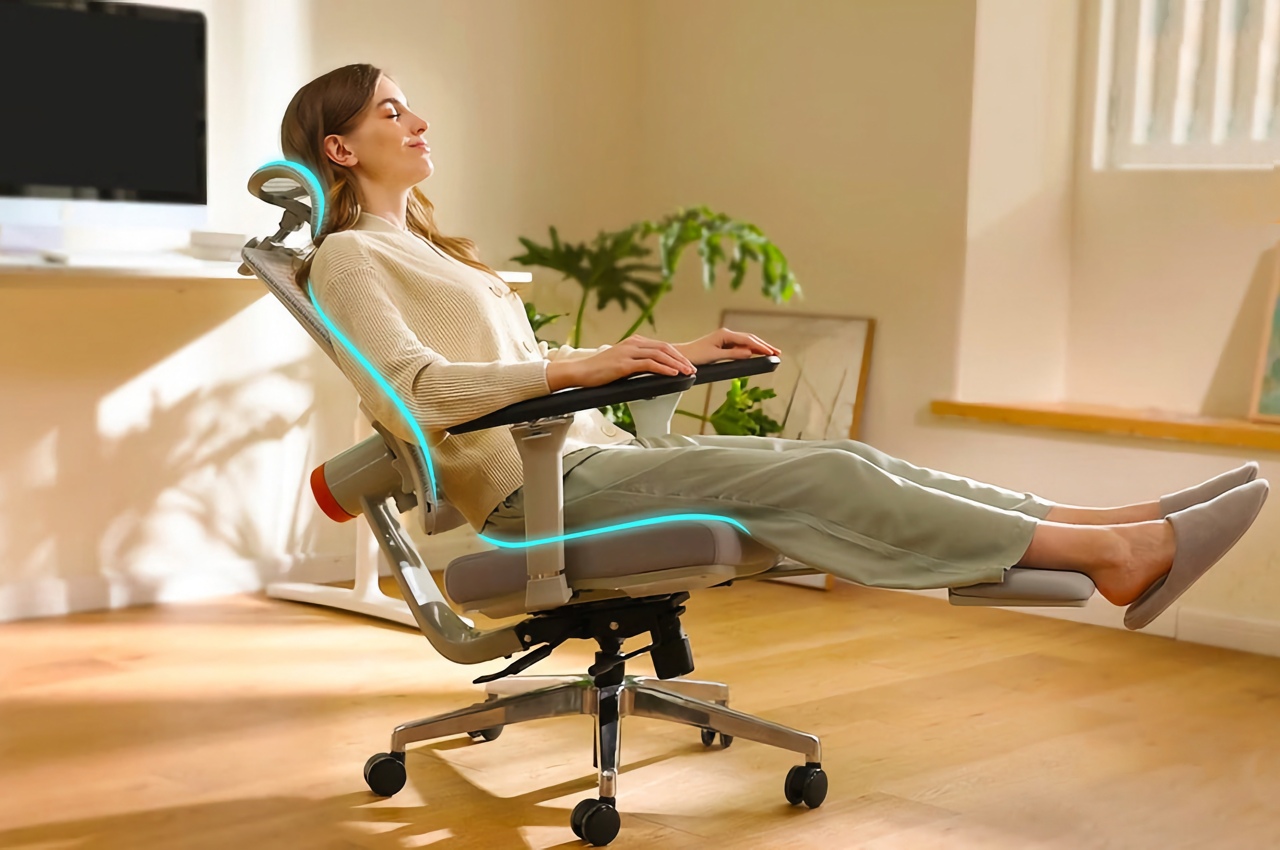
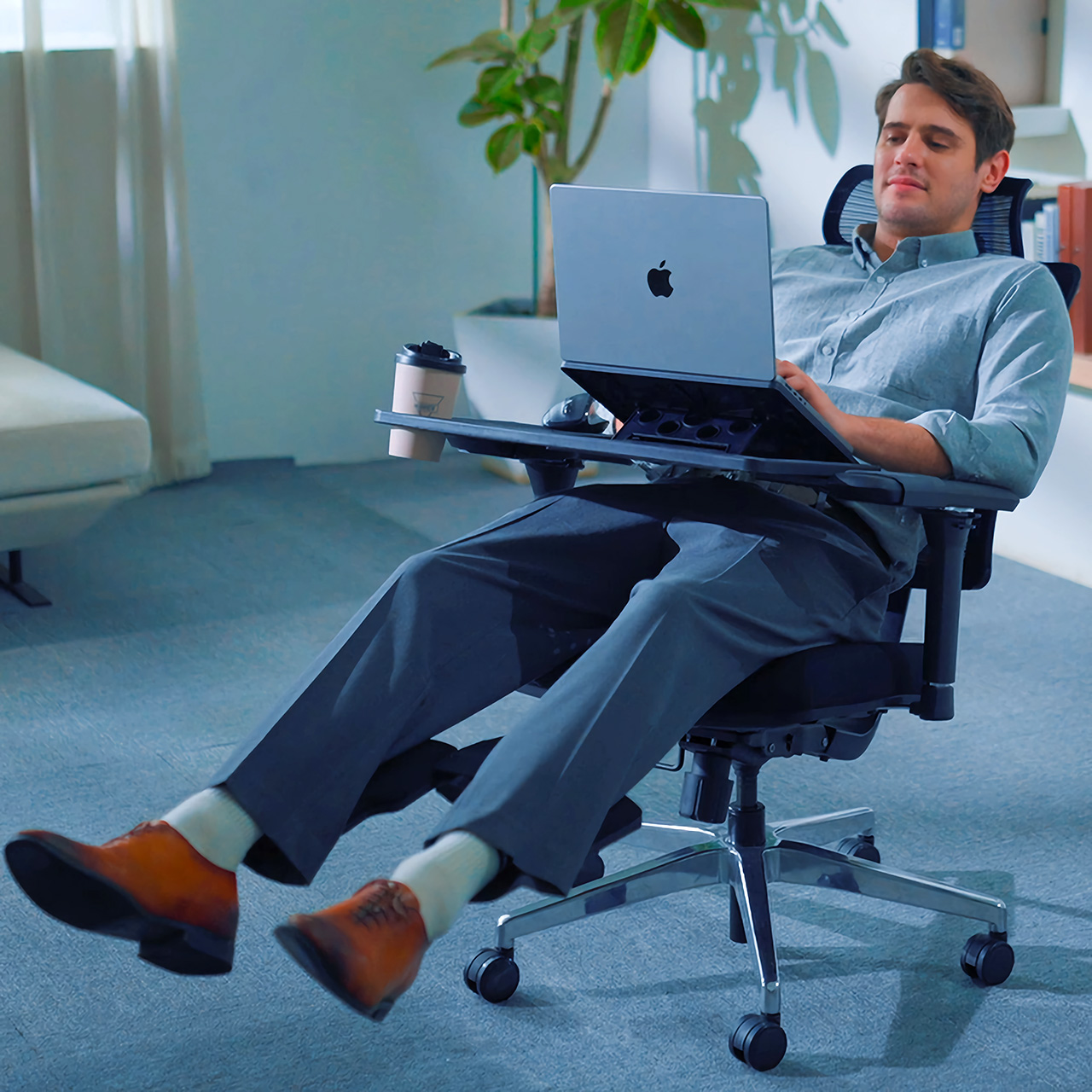
Designer: Stan Deng
Human-centered design (HCD) is an approach to problem-solving utilized in process, product, service, and system design, focusing on involving the human perspective in all stages of the problem-solving process. It aims to make systems usable and beneficial by prioritizing user needs, and requirements, and applying human factors/ergonomics, as well as usability knowledge and techniques. HCD enhances effectiveness, efficiency, human well-being, user satisfaction, accessibility, and sustainability while mitigating potential adverse effects on human health, safety, and performance. It involves stages like observing the problem within its context, brainstorming, conceptualizing, and implementing solutions.
4. Minimalism
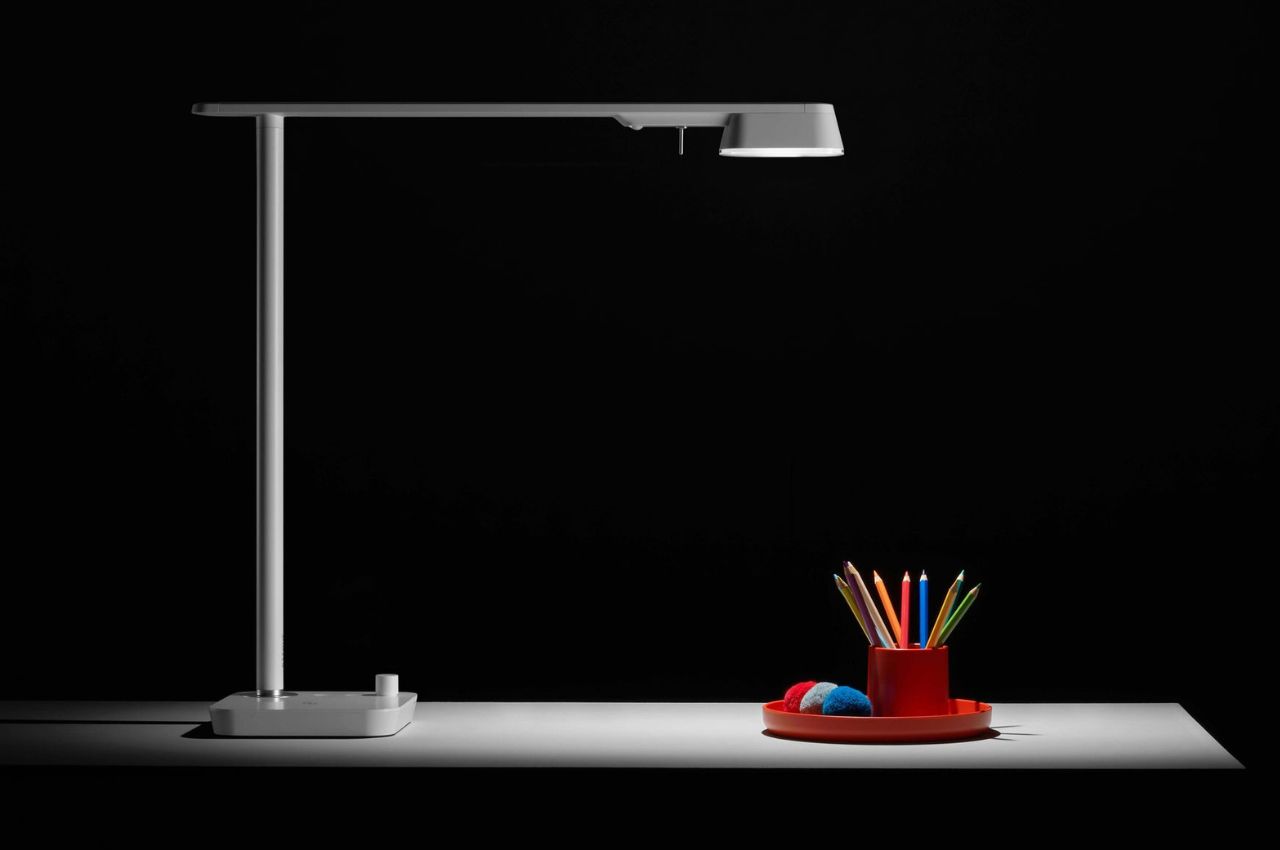
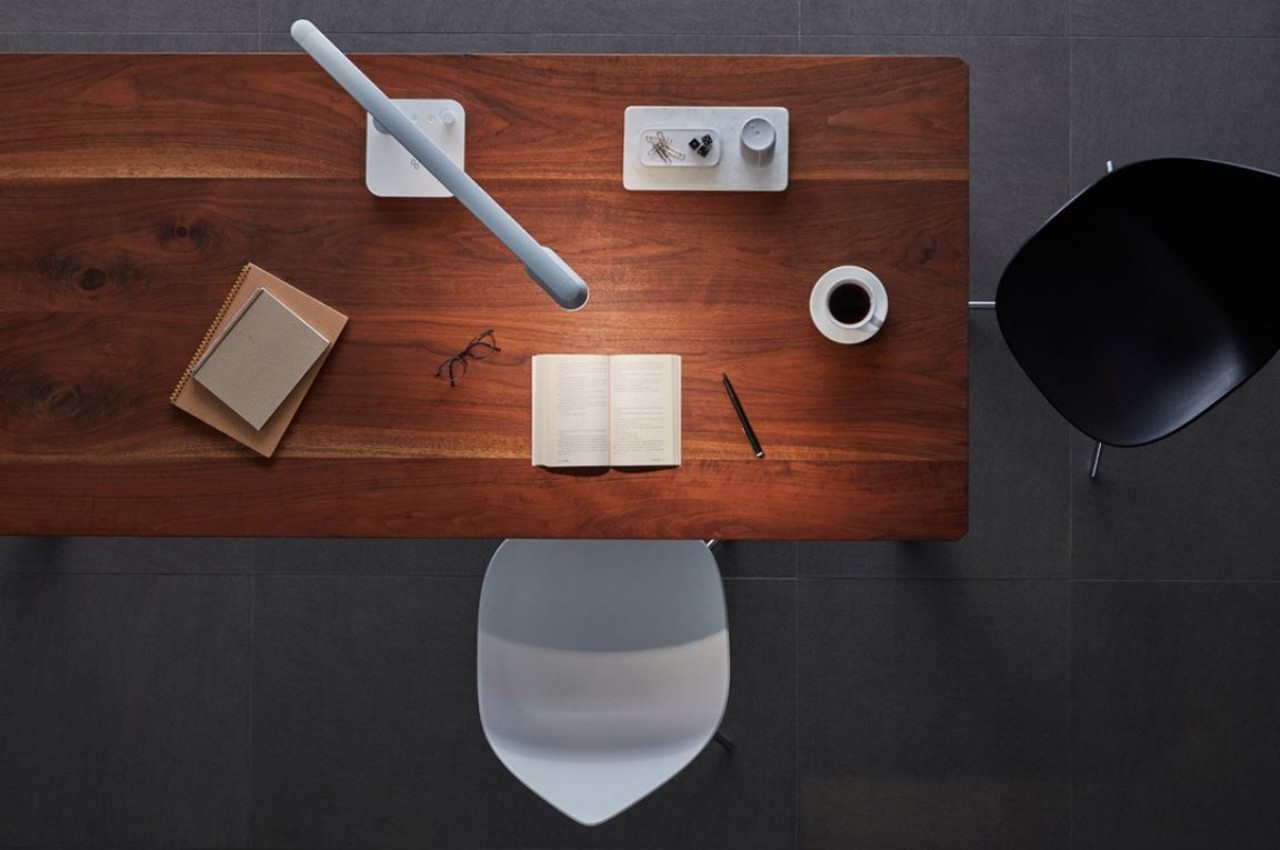
Designer: BKID co
Minimalism has become increasingly popular in industrial design, emphasizing the removal of excess elements to focus on essentials, resulting in intuitive, efficient, and aesthetically pleasing products and spaces. This approach resonates with consumers drawn to the sleek, uncluttered aesthetic. Simplicity defines minimalist designs, making them easy to use and understand. By stripping down designs to their core features, minimalism maximizes impact while reducing clutter and improving functionality. Additionally, this design concept can reduce costs and production time by eliminating unnecessary features.
5. Inclusive Design


Designer: Quantum
Inclusive product experiences are shaped by a thorough understanding of user backgrounds and abilities, promoting a sense of belonging. Inclusive design methodologies aim to cater to diverse user needs, considering factors like accessibility, age, culture, economic situation, education, gender, geographic location, and language. By empathizing with users and adapting interfaces accordingly, inclusive design generates inclusive design patterns, ensuring a more accommodating user experience.
6. Biomimicry
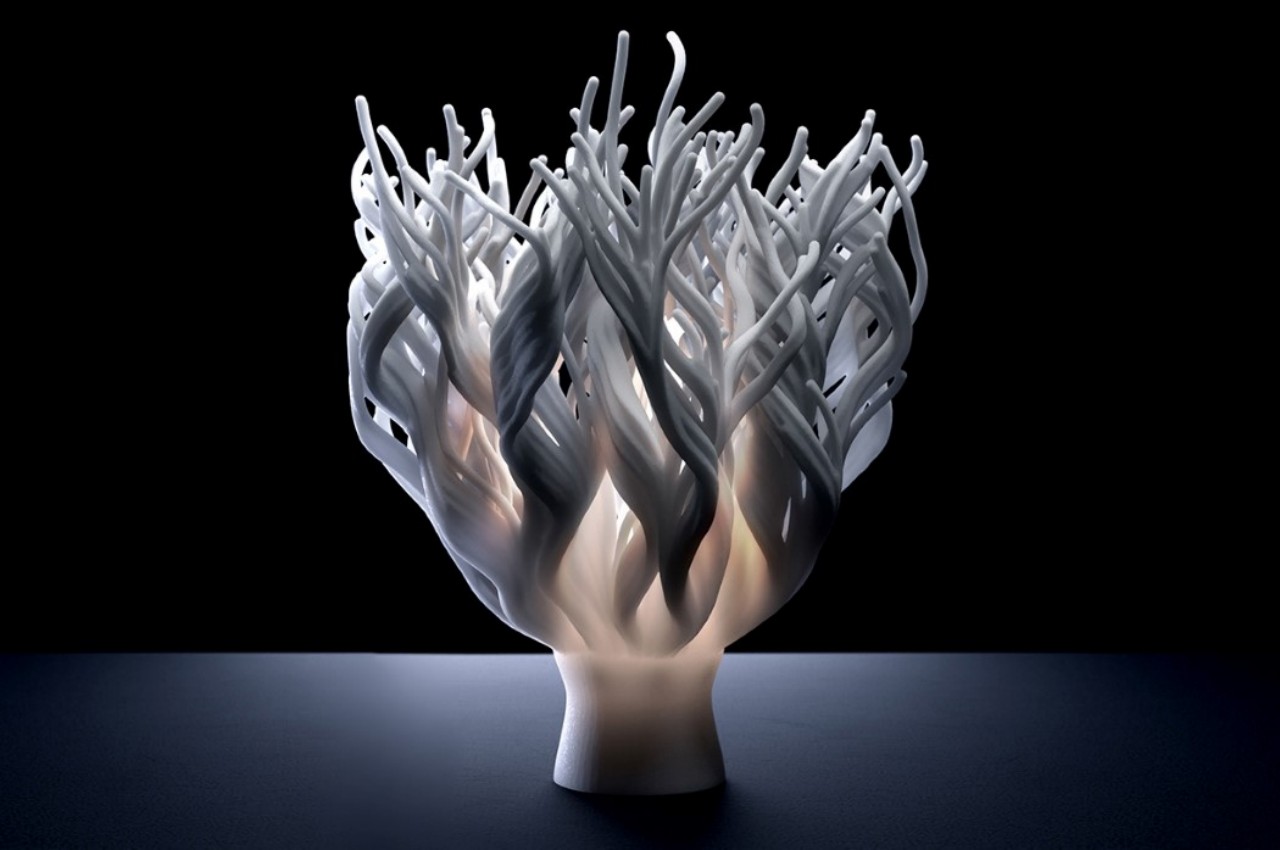
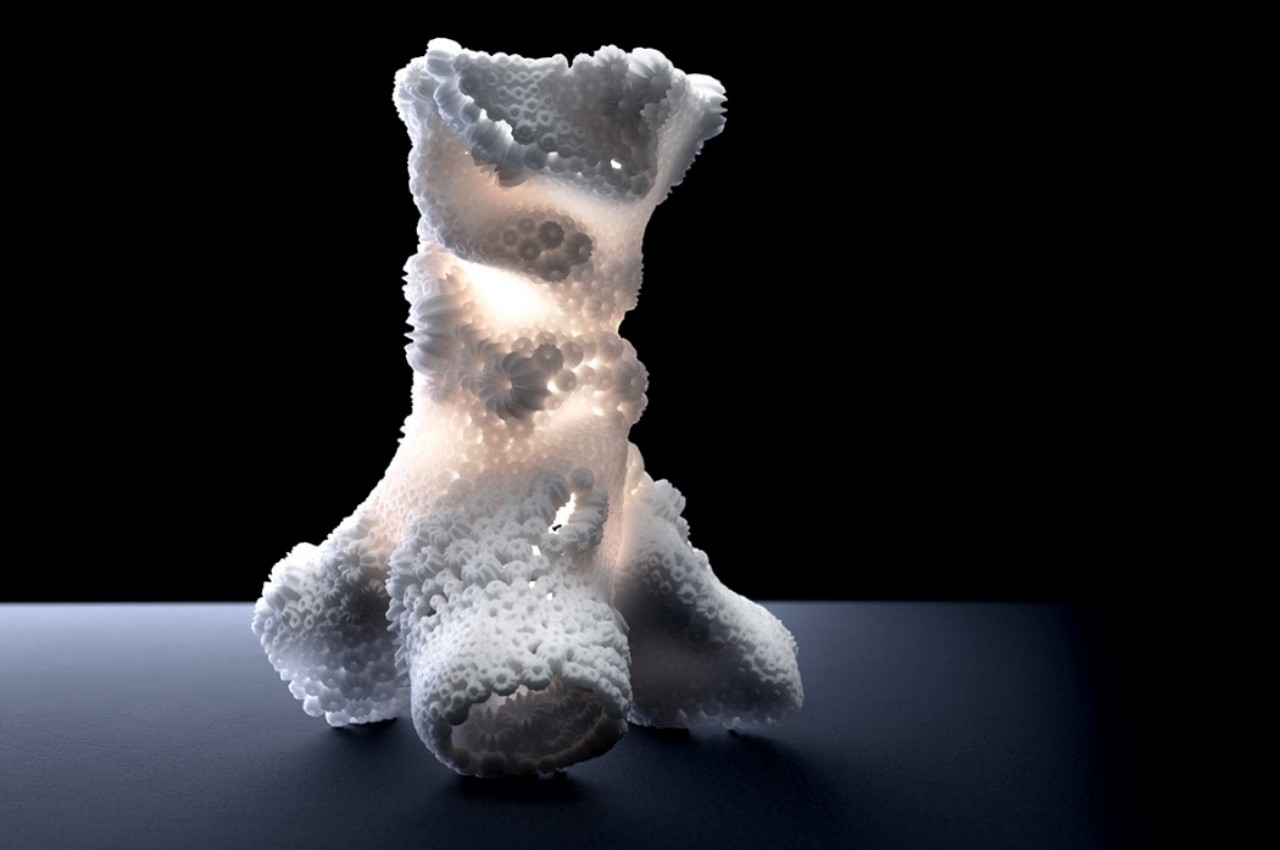
Designer: John Mauriello
Nature serves as a rich source of inspiration for many designers, offering evolved intelligence and innovative solutions. Biomimicry in industrial design involves emulating characteristics or strategies from nature to address various challenges. From materials to systems and technologies, nature provides valuable insights for creating sustainable and efficient designs. By studying natural forms and processes, designers can develop innovative solutions that mimic the efficiency and effectiveness of biological systems. This approach not only offers aesthetically pleasing designs but also promotes sustainability and resilience.
7. AI in Industrial Design
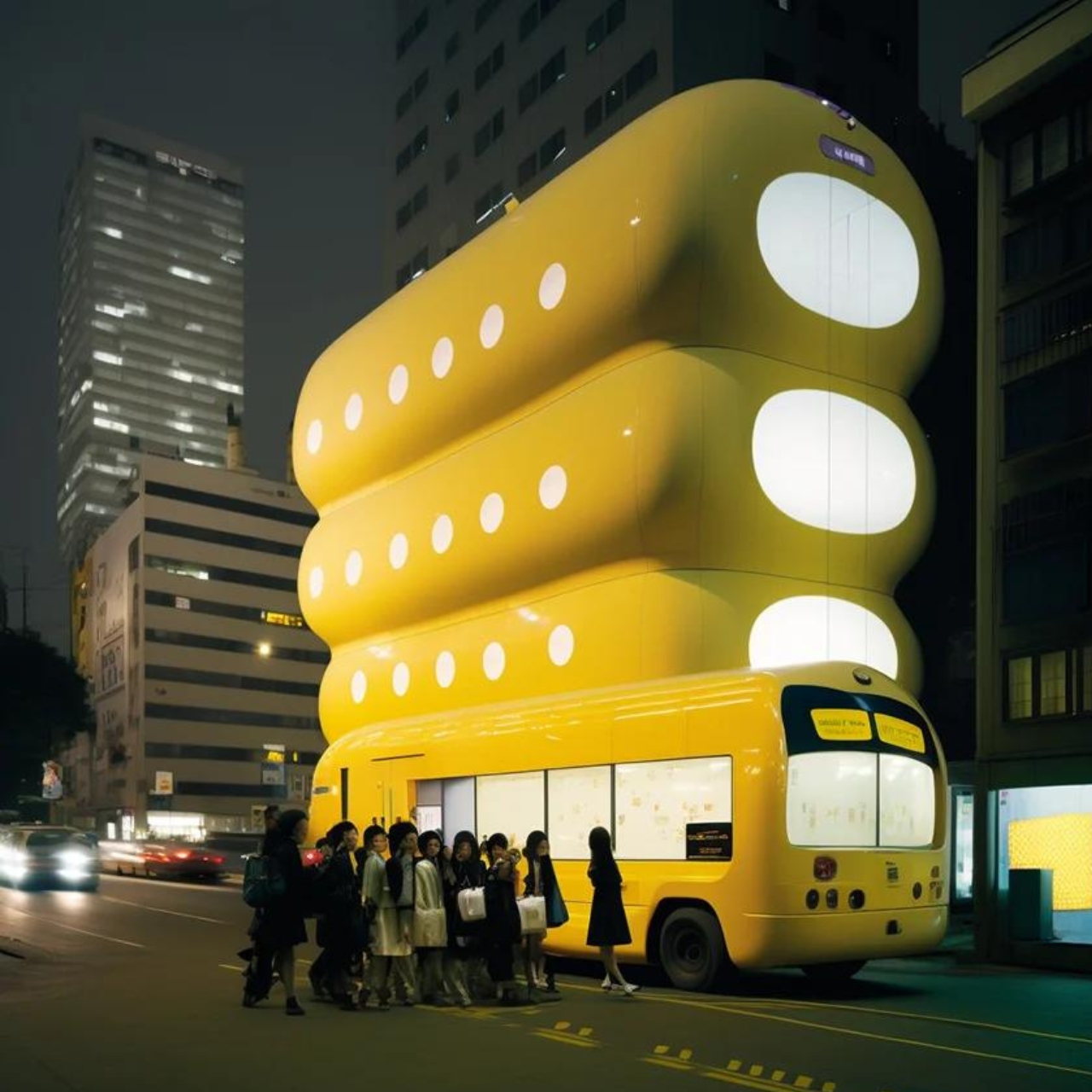
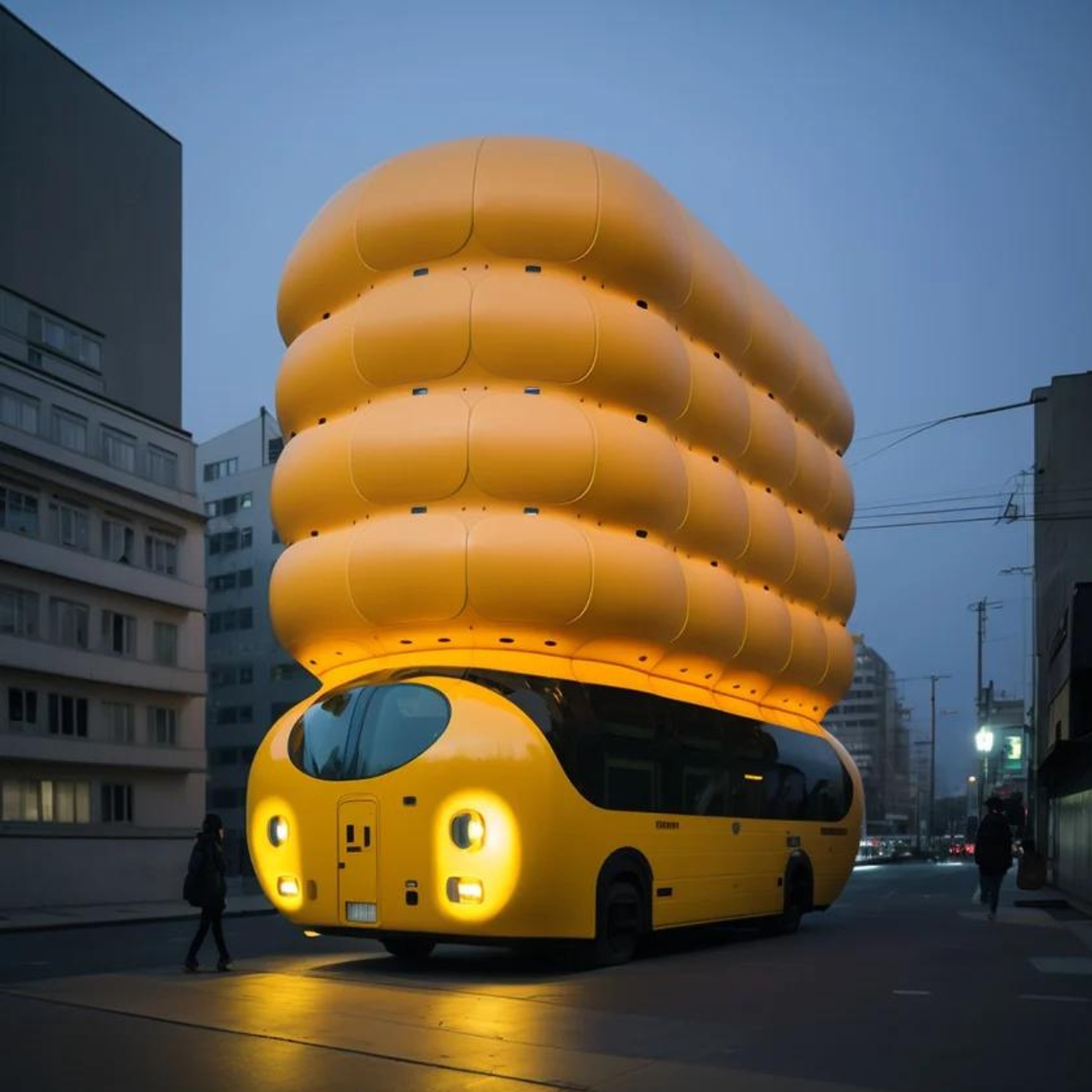
Designer: Shail Patel
AI-generated product design involves leveraging artificial intelligence (AI) to generate novel product designs, presenting a transformative opportunity for designers by streamlining the process of conceptualization. While current technology has its limitations, it proves most beneficial in the initial stages of innovation, enabling rapid visualization and testing of new concepts, thereby expediting the design process.
Industrial design encompasses a transformative process wherein design principles are utilized to conceive products, subsequently manufactured through specific procedures. This multifaceted career field involves crafting a diverse array of globally utilized items, spanning from equipment to objects and services, fostering creativity in the creation and production of goods.



